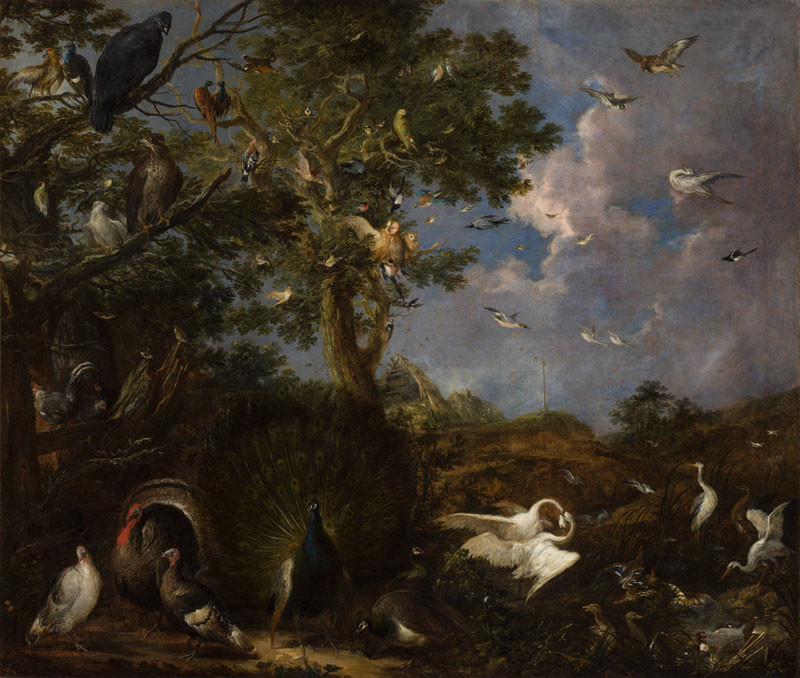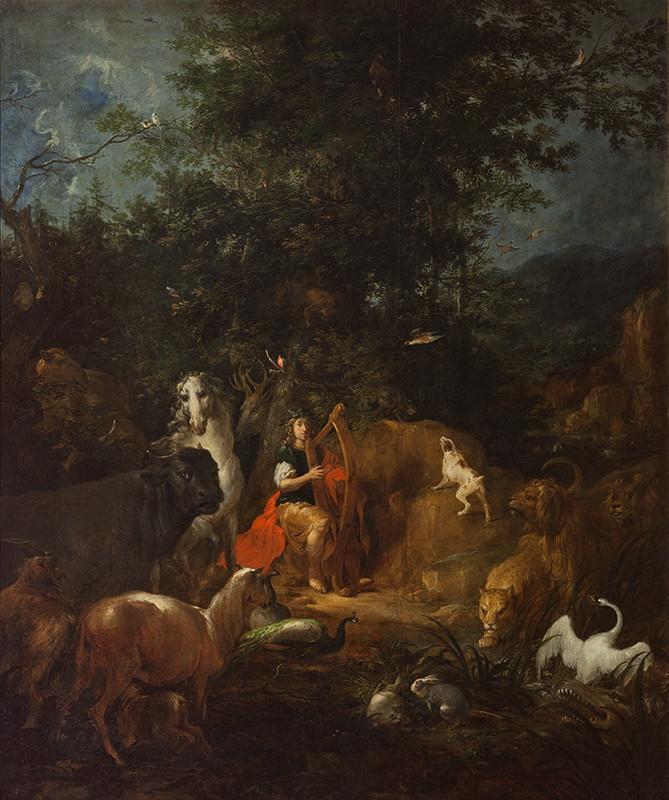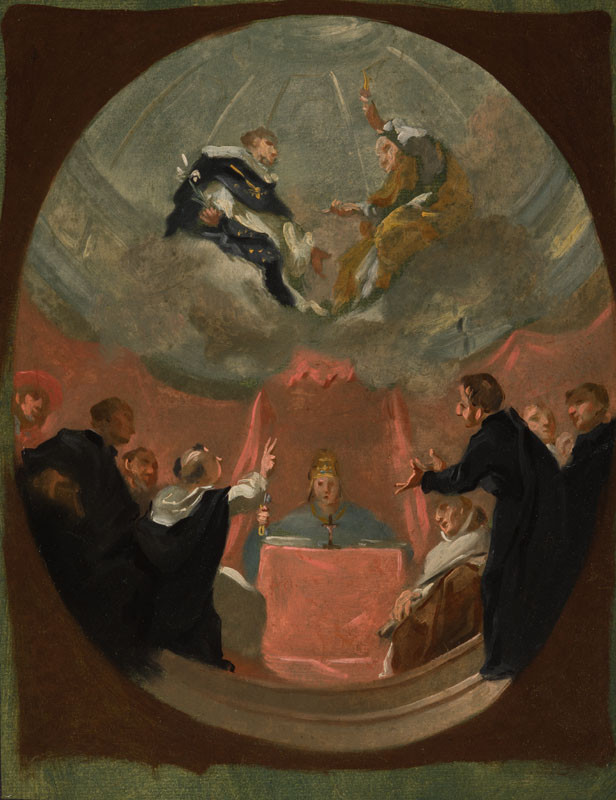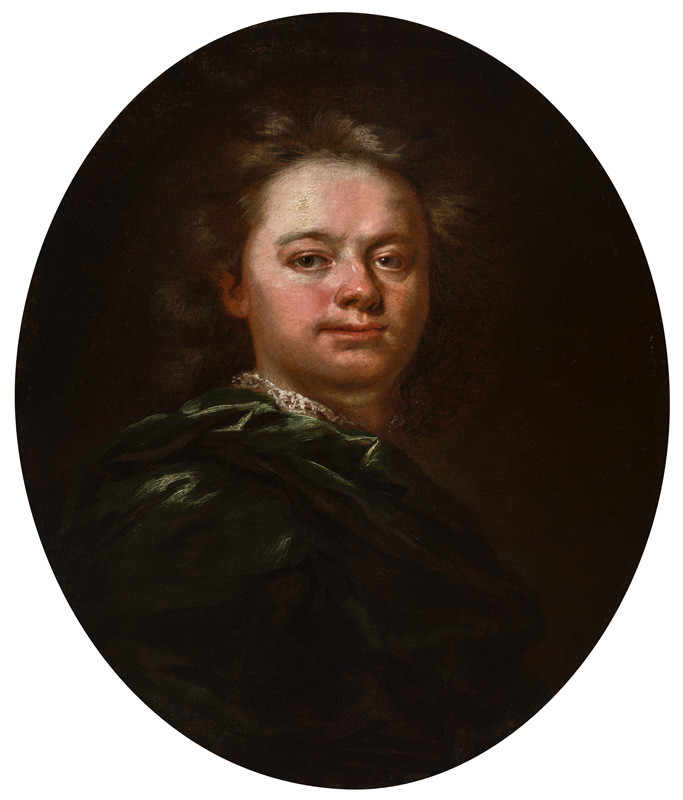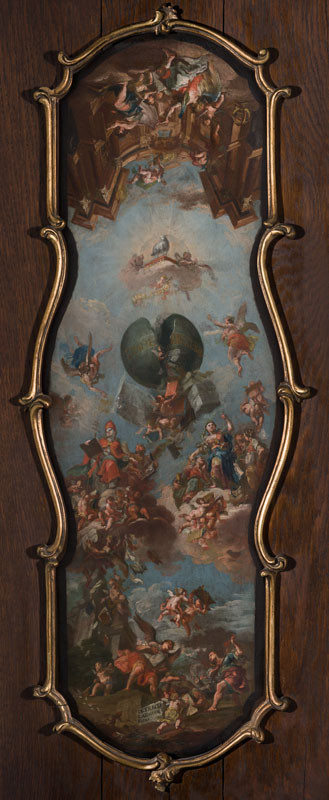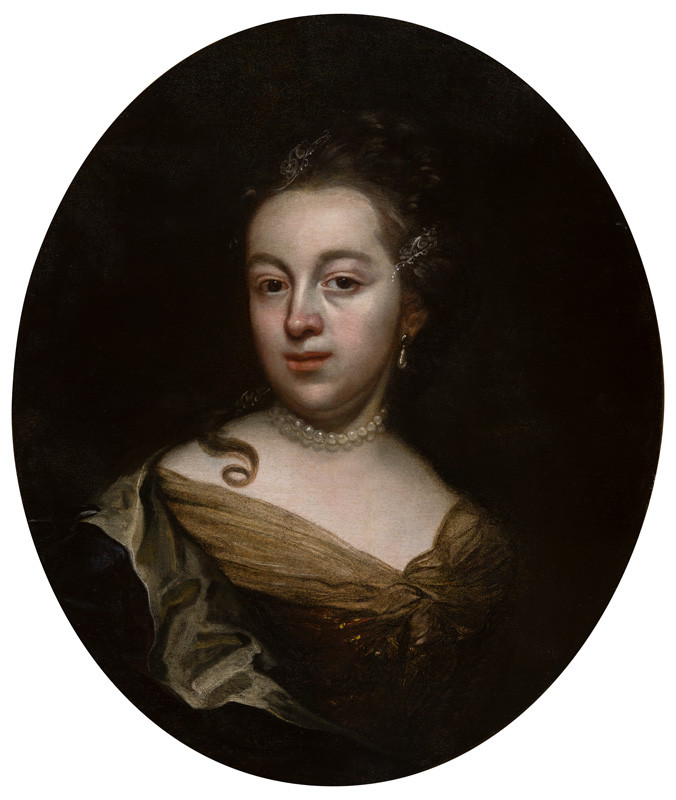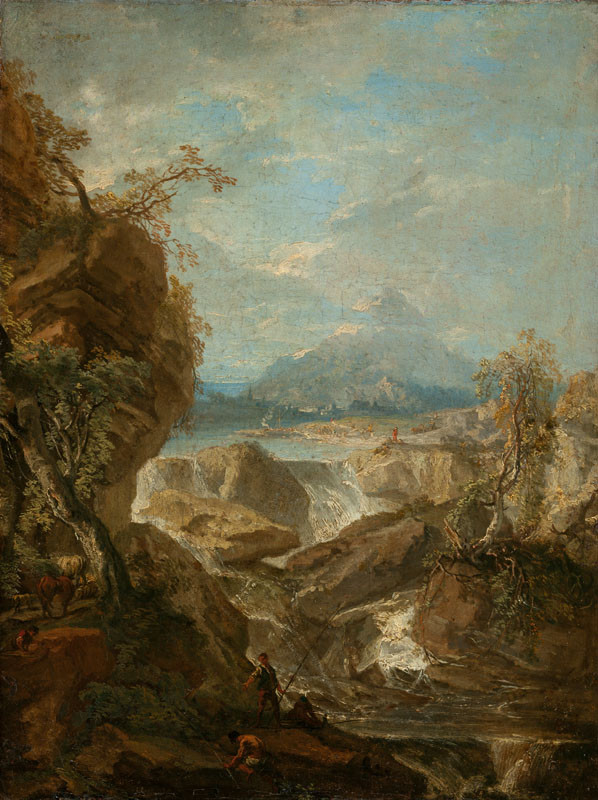Birds in a Landscape with a Decoy
Wenzel Lorenz Reiner
| date: | |
| measurements: |
height 199 cm width 167 cm |
| material: |
canvas |
| technique: |
oil |
| inscription: | |
| inventory number: | DO 4281 |
| gallery collection: | Collection of Old Masters |
